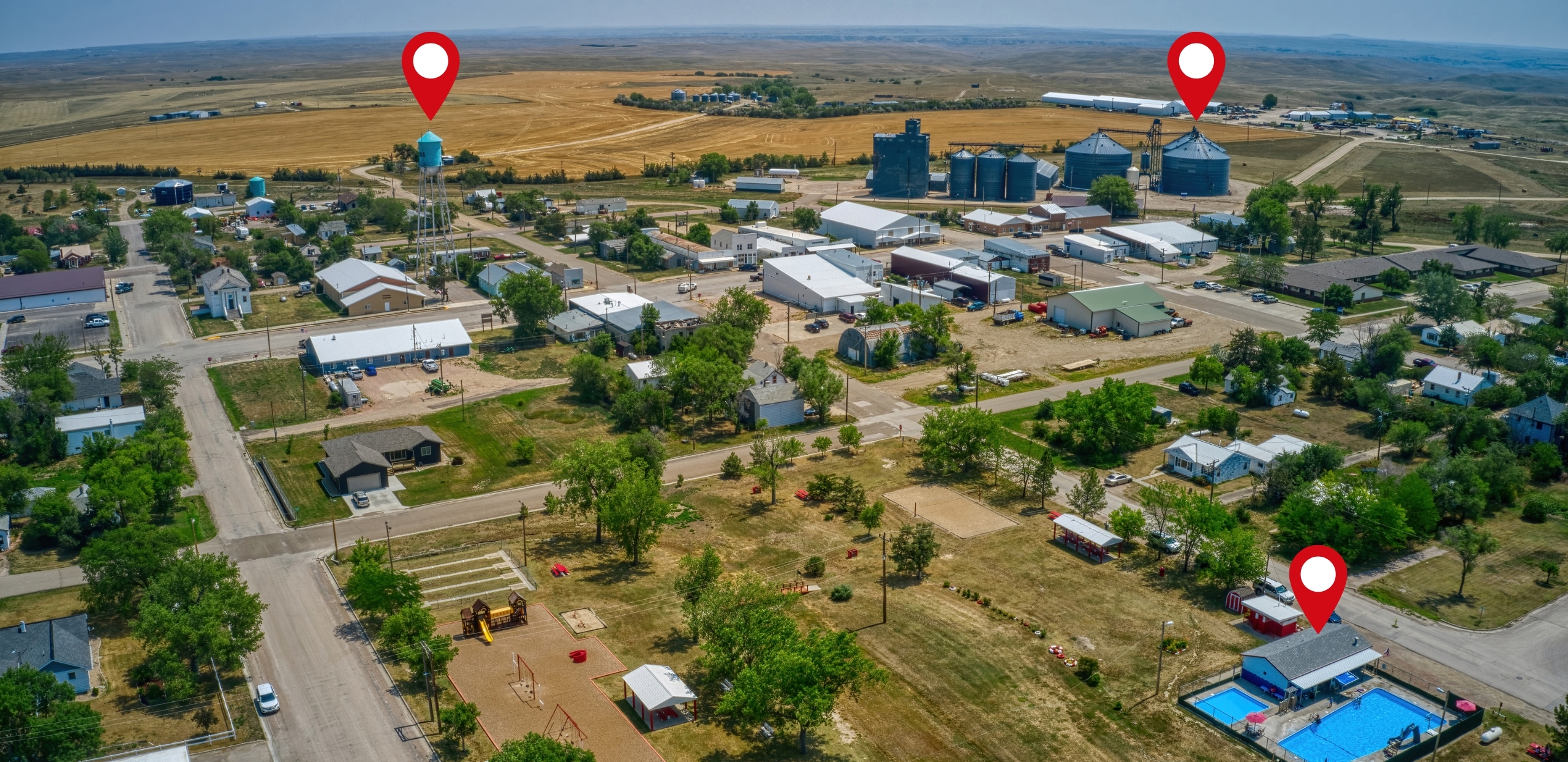Yes, “X” Does Mark the Spot – Especially for Rural Internet Access
We’ve all seen the classic treasure-hunting movie: a dusty attic reveals a mysterious map, an “X” marks the treasure, and a wild adventure begins. For many of us, those stories shaped our childhoods. Think pirate ships, hidden vaults, and yes — Indiana Jones dodging booby traps in search of ancient artifacts.
But while most treasure hunts are fiction, sometimes “X” really does mark something valuable — especially when it comes to internet access.
Finding the Real Treasure in Small Towns
In today’s digital world, high-speed internet isn’t a luxury. It’s essential. For work, school, healthcare, farming, and staying connected with family, reliable internet can transform a household — and an entire community.
At Wisper Internet, we proudly serve hundreds of small towns and rural areas across the Midwest. And believe it or not, we use maps every day to guide our work. But instead of buried treasure, our maps show towers, service zones, and coverage expansions — real infrastructure built to bring people online.
That’s why when Wisper shows a town map with a dot or an “X,” it’s more than a symbol. It means:
-
We’re already there.
-
We’ve invested in that community.
-
We’re connecting homes, farms, schools, and businesses.
Real Service vs. Empty Promises
Large, national internet providers often make big promises — low prices, high speeds, and full coverage. But for many small towns, those promises never materialize. Why?
Because laying fiber optic or cable underground is expensive — $25,000 to $100,000 per mile, in fact. And when companies realize they won’t see big profits in rural areas, they abandon the project altogether.
So those glowing maps and big plans? They often come with no actual dots, no infrastructure, and no service. Small towns are left waiting — and disconnected.
Wisper Builds Differently
Wisper Internet does things differently. Instead of digging up roads, we use existing towers, build new wireless infrastructure, and even place equipment on grain elevators, water towers, and silos. It’s faster, more cost-effective, and specifically designed for rural and suburban areas.
This method allows us to:
-
Expand service efficiently
-
Reach homes through the air, not the ground
-
Keep costs down and reliability high
We’ve completed hundreds of new tower projects over the last few years and continue to add more “X” marks to our maps every month. Every dot represents a promise kept and a community connected.
Not Just a Signal — A Commitment
At Wisper, we’re proud of our homegrown roots. We live in small towns, just like the customers we serve. That’s why we’re committed to providing:
-
Reliable service backed by real infrastructure
-
Responsive support from people who care
-
Affordable internet tailored to rural life
No bullwhips or leather jackets required — just real connections, built with care.
Ready to See If You’re on the Map?
If you’re wondering whether Wisper Internet is already in your area — or on the way — take a look at our service maps. In this case, “X” really does mark the spot.
And if we’re not there yet? We’re probably getting close.
Wisper Internet: Connecting Small Towns, One Tower at a Time.
We care about the dots on our map — because they’re the towns we live in, and the people we’re proud to serve.

